| Across the world, women are making groundbreaking strides in science and technology. This growing movement challenges outdated norms, celebrates innovation, and empowers next generation women to shape the future of STEM. |
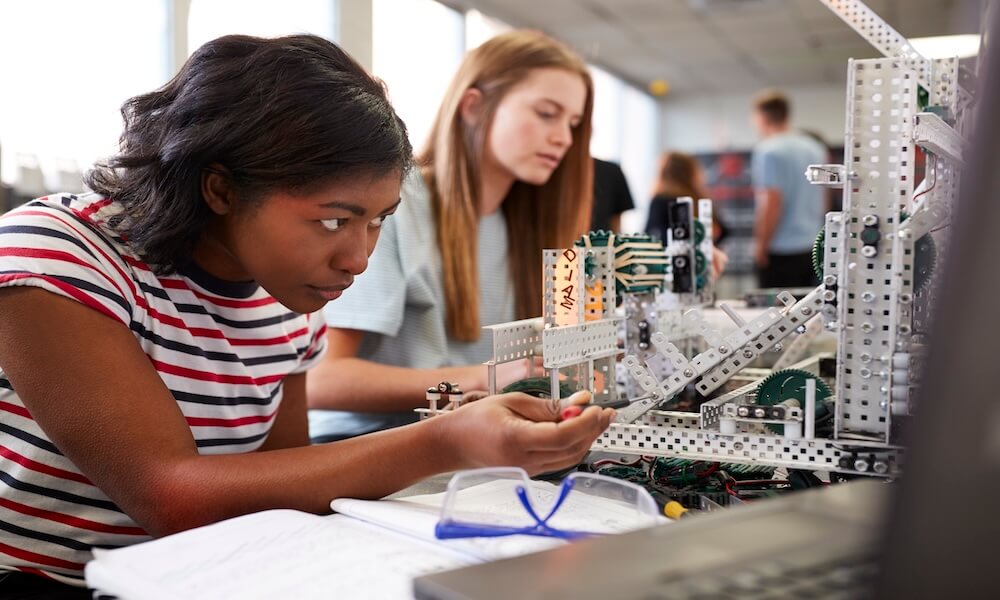

| Across the world, women are making groundbreaking strides in science and technology. This growing movement challenges outdated norms, celebrates innovation, and empowers next generation women to shape the future of STEM. |

| Some people may believe they have all the facts and make bold decisions with only half the story. Here’s your reminder that in order to think smart, you should think twice. |
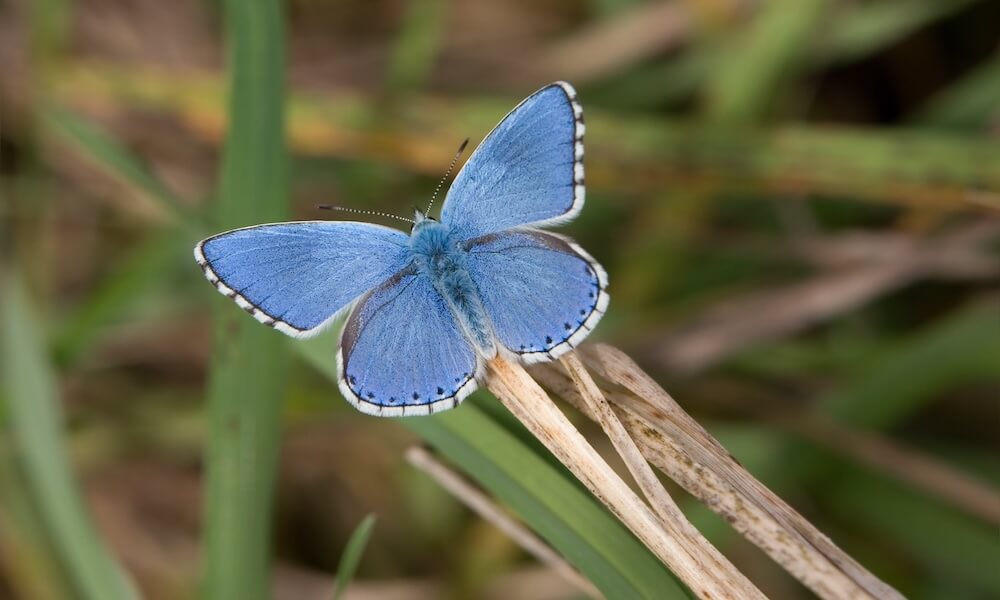
| All around us, nature runs on a finely-tuned schedule. However, extreme weather events are throwing off that schedule, prompting scientists to uncover some of the risks to our ecosystem. |
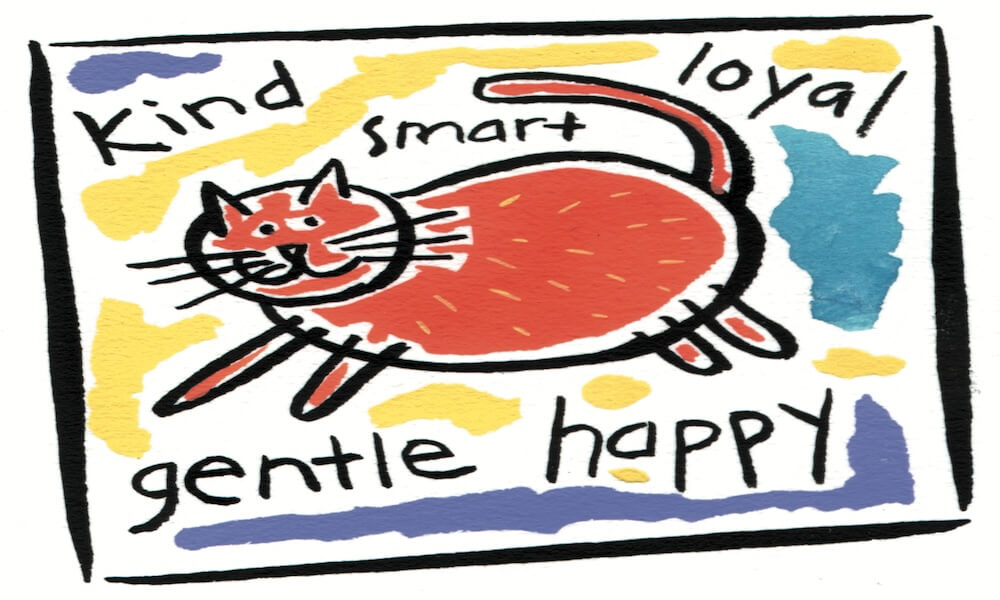
| Being smart isn’t just a human thing. Some creatures use tools, solve puzzles, or even learn new languages. These animals show just how clever nature can be. |
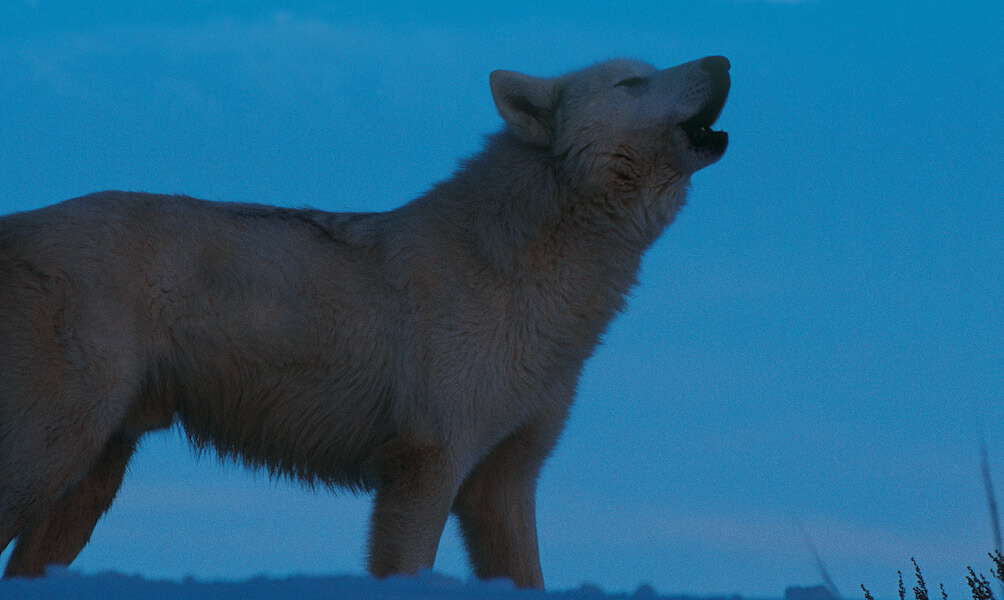
Can a species extinct for thousands of years truly be revived? Learn about the science behind this biogenetic discovery.
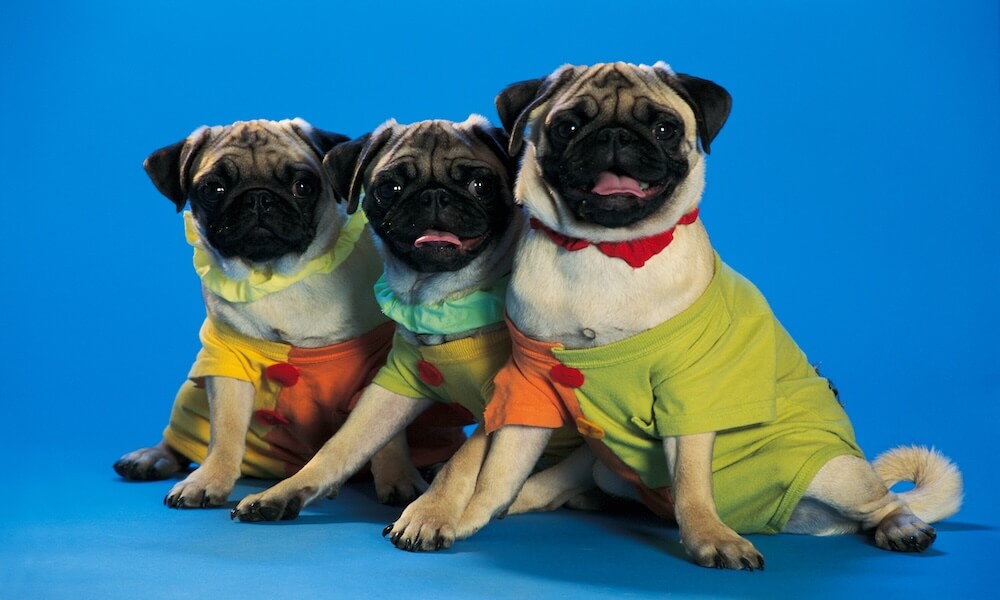
| What do a pug dog and a Persian cat have in common? No, it’s not just their adorable “smushed” faces. Find out how these species resemble each other more than their own wild ancestors. |
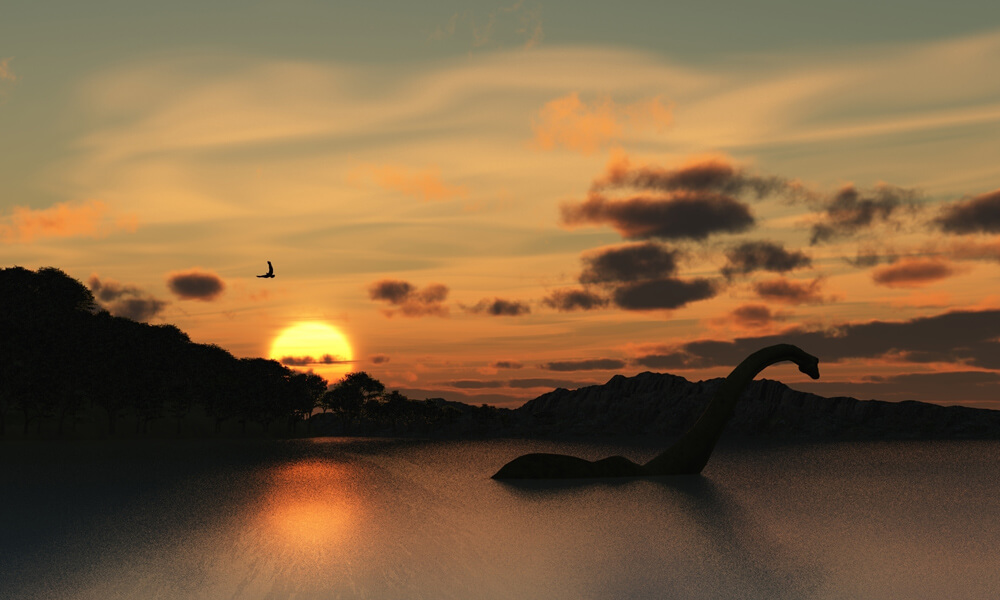
On May 2, 1933, the newspaper Inverness Courier ran the first story of a couple who claimed to have seen “an enormous animal” splashing around in the local lake. Over the subsequent 92 years, the legend has only grown. What about you? Do you think there is something in Loch Ness? What convinced you?
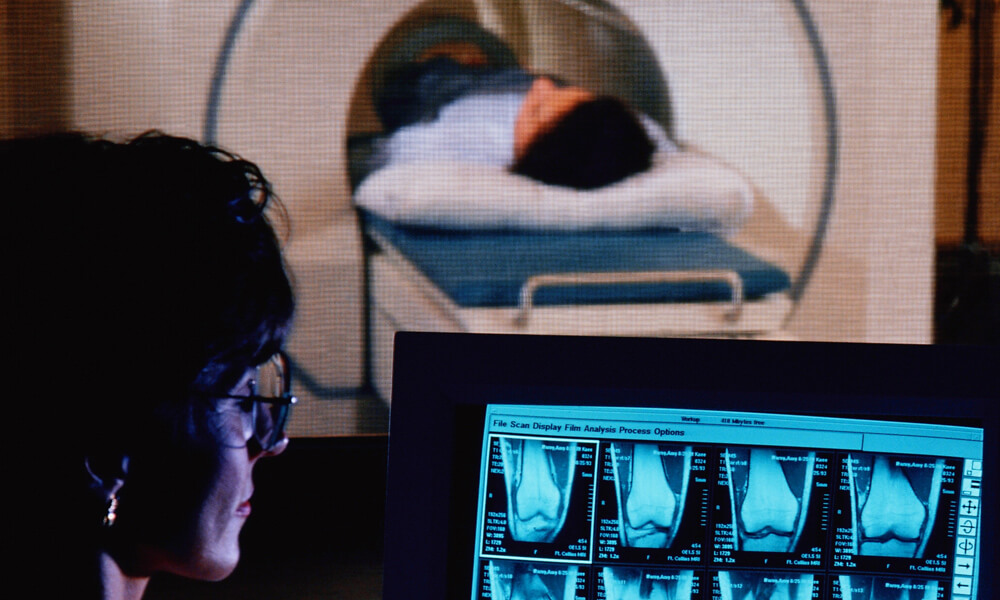
In what’s expected to soon be commonplace, artificial intelligence is being harnessed to pick up signs of cancer more accurately than the trained human eye. This latest AI model has a near 100% success rate and serves as a clear sign of things to come.

Scientists have discovered that certain sunscreen chemicals can cause coral bleaching and even damage marine life. But is sunscreen really a major threat to ocean ecosystems, or is something else to blame?
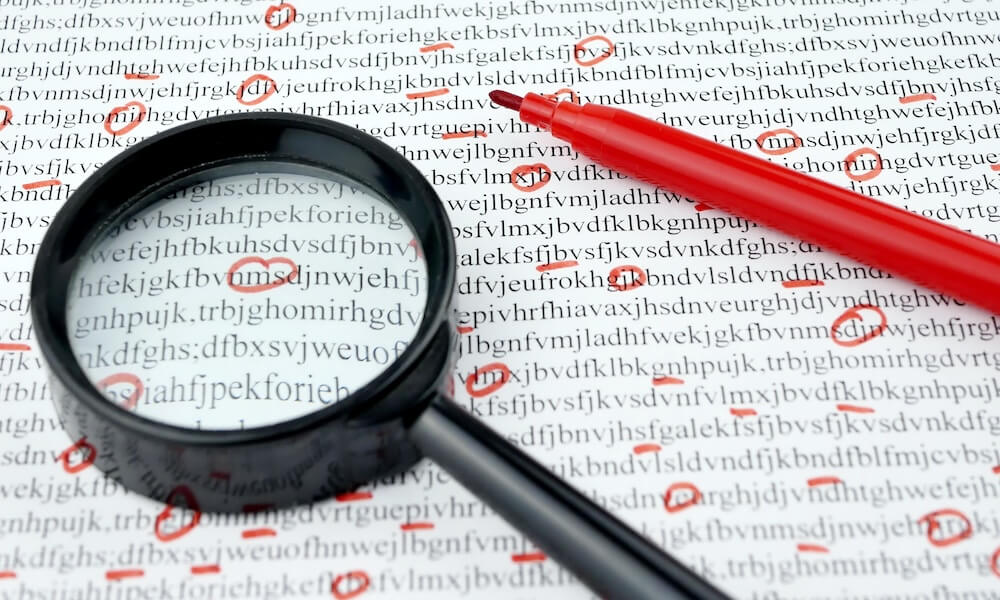
Linguistics isn’t just about ancient languages, it’s shaping the future of AI and unlocking the secrets of animal communication. Researchers are now using AI to decode the sounds of whales, bees, and other species.
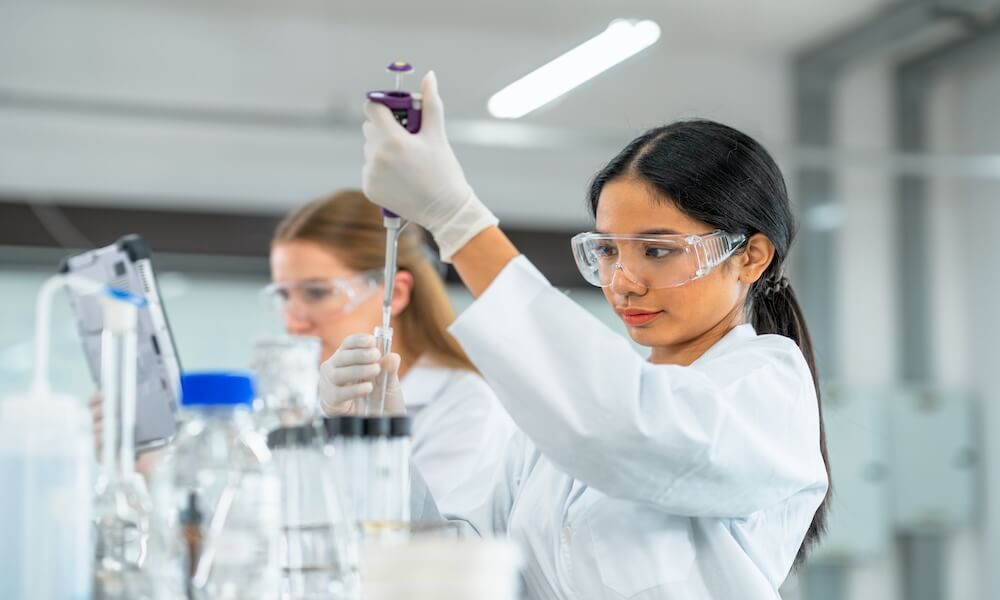
Have you ever made a great discovery, only for someone else to take the credit? That’s what happened to these women in science.
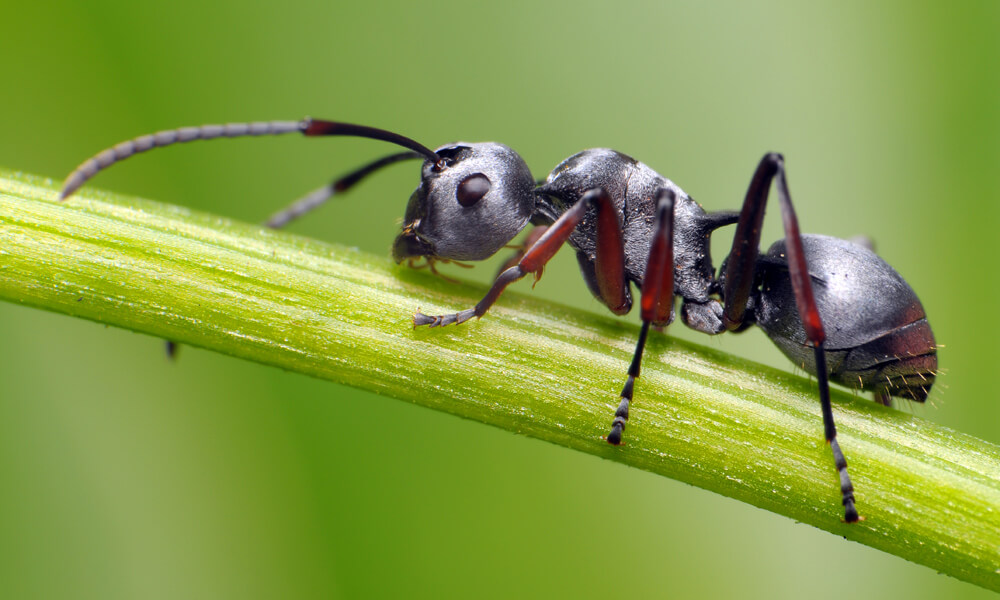
Some animals and insects are able to camouflaged themselves in various ways to help them hunt—or avoid being hunted. One assassin bug takes it to a scary new level, though. Read about the bug that covers itself in dead bodies in order to hunt its prey!

“Recognizing our accomplishments fuels motivation, growth, and success.” Read this article to learn about the importance of celebrating achievements and how the very act of celebrating can lead to greater success in the future.

Moon, Pluto, and Mars are highly-trained specialists who’ve detected cancer in 94 percent of cases. Believe it or not, these aren’t the names of doctors! These are dogs who, with the help of AI, work hard to increase the cancer survival rate.
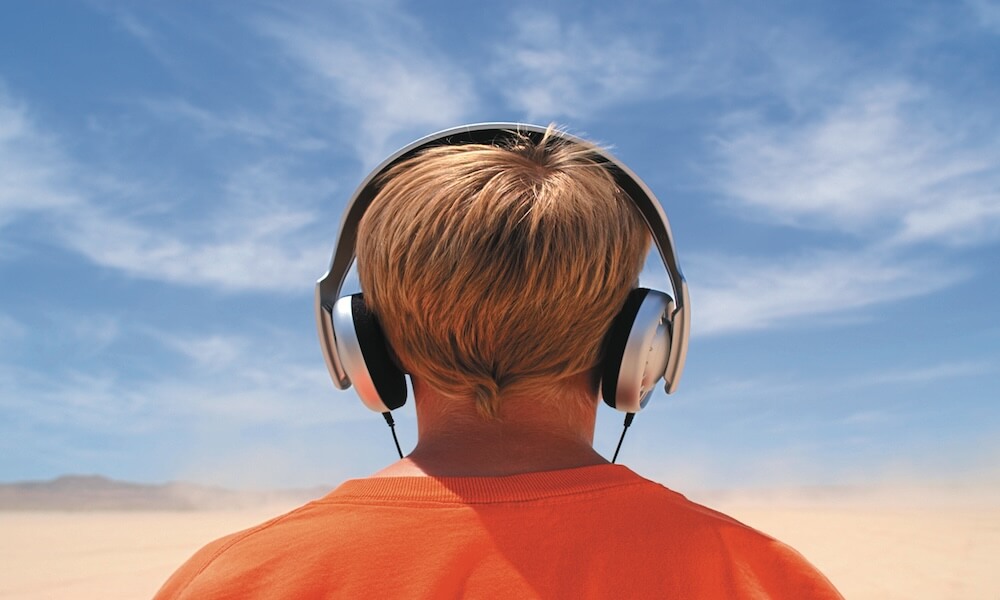
| Noise-cancelling headphones are great for blocking out distractions, but could they be affecting the way people process sound? Some audiologists are concerned that prolonged use might be linked to auditory processing issues, making it harder to focus, communicate, and navigate noisy environments. |
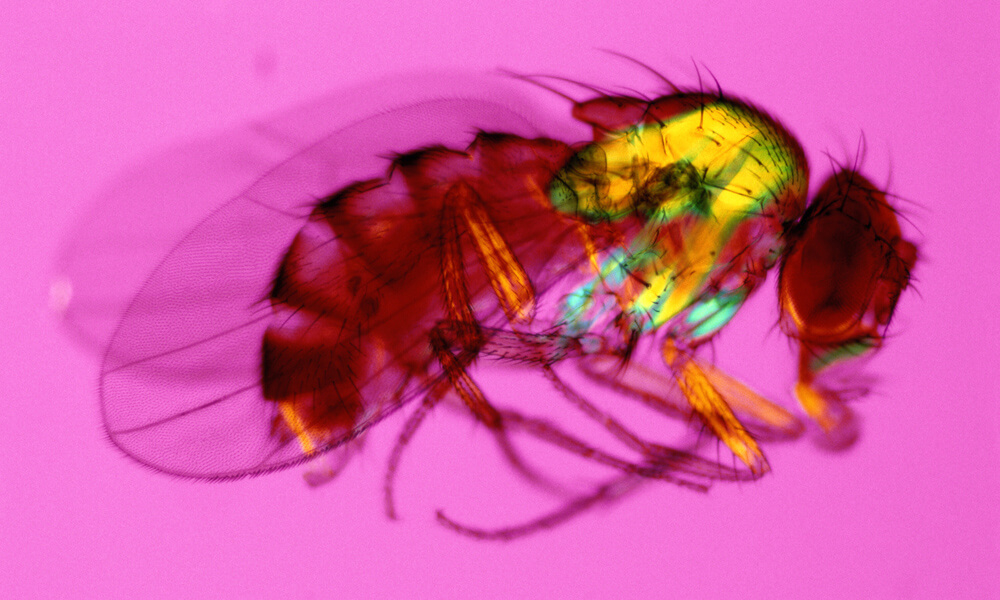
A fruit fly’s brain is only the size of a single poppy seed, but it contains a whopping 50 million connections between its neurons. With the assistance of AI, scientists have recently mapped these connections for the first time—the first time for any insect’s brain. It teaches us a lot about how a fruit fly’s brain works, but more importantly, this achievement has already begun to reveal lessons about how all brains work, including yours and mine.
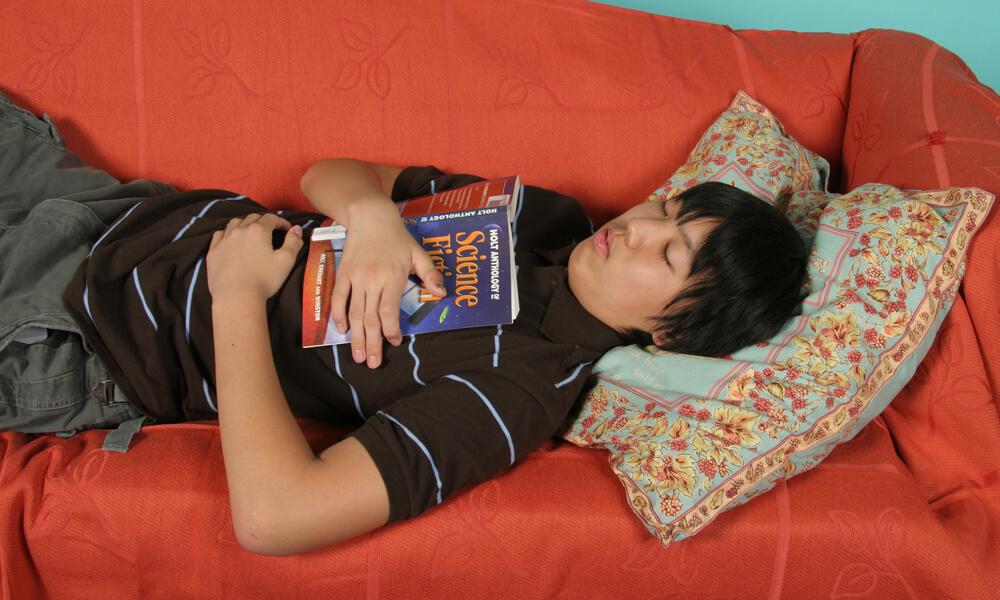
Have you ever found yourself seeing images right before falling asleep? If so, you might be experiencing hypnagogia! Learn more about what causes our pre-sleep hallucinations in this episode of SciShow, hosted by Hank Green.
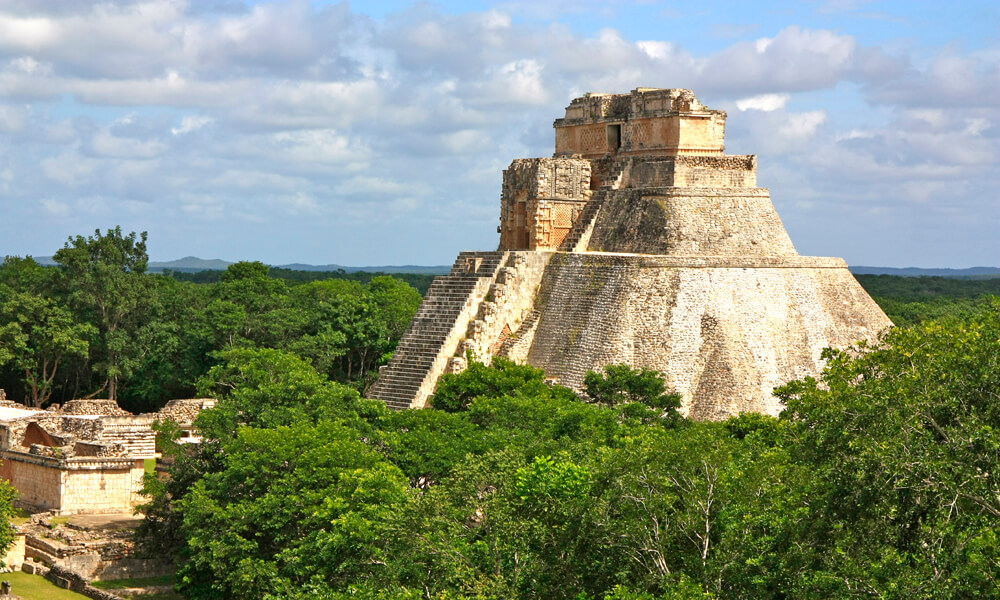
Some achievements require consistent hard work.Some happen by blind luck. But some are a combination of the two. Read this fascinating story of a PhD student who stumbled across a picture on accident, but was skilled enough in his field of study to notice something in the picture that no one else had ever seen before—the ruins of an entire city.

Before insulin was first used in the 1920s (barely 100 years ago), a patient with Type 1 Diabetes was expected to live less than 2 years after being diagnosed. After insulin, diabetics began living longer and longer. Type 1 diabetics today can expect to live into their late 60s or early 70s—but doing so requires a lot of medicine, devices, and thoughtful care. However, a new treatment option is currently being tested that may make care easier and help patients live even longer.

If someone said you could change the world, would you believe it? If you had an idea that could save countless lives, would anyone listen? Watch this talk by Jack Andraka, a teen who discovered a revolutionary way to detect certain cancers. Discover what he did, how he did it, and what it took to get people to listen.